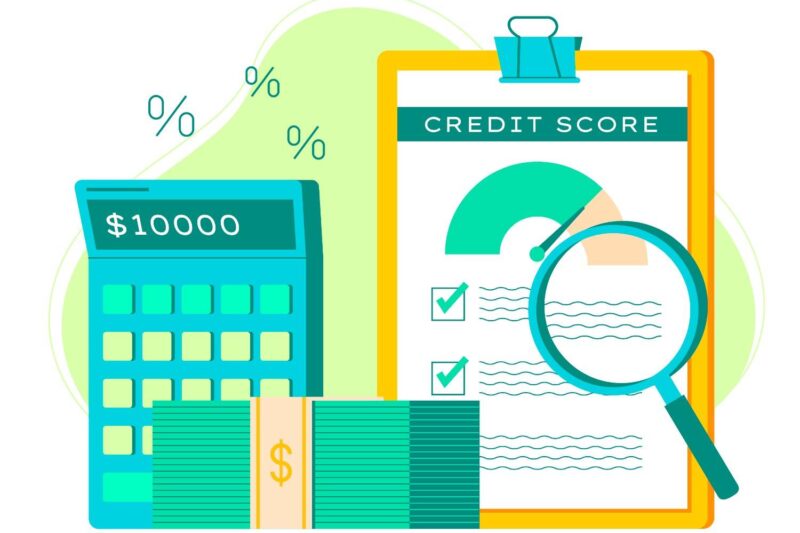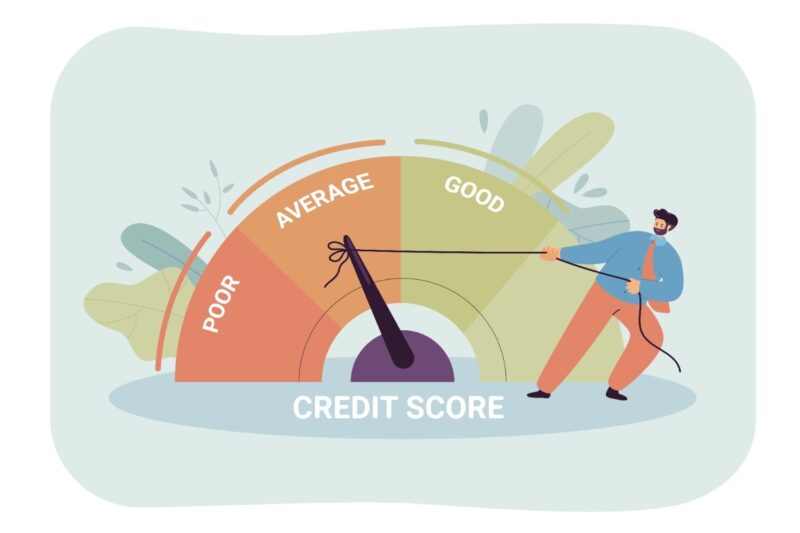Responsible management of credit is an essential aspect of your financial health. Defaults on loans or credit cards can lead to serious consequences, such as a negative credit report, which can be very difficult to eliminate. But have you ever questioned how long such defaults remain in the credit report? Let’s explore the process of default, how it affects the credit score and the remedies you might have for credit repair.
What Is a Default in a Credit Report?
A default happens when you fail to make payments toward a credit obligation, like a personal loan, car loan, or credit card, for a long period of time. Normally, lenders declare an account to be in default after 3 months or 90 days of no payment.
At that point, the account will be reported to one or more major credit bureaus such as CIBIL, Equifax, Experian, and CRIF Highmark. The default history then becomes part of your credit report, which will negatively affect your credit score and your future borrowing capability.
How Long Do Defaults Stay on Your Credit Report?
In India, the maximum time limit for credit report defaults is 7 years, starting from the day of the most recent missed payment. During that period, lenders will always be able to see your default history when they pull your credit report.
Here’s how it works,
| Time Period | Status of Default |
| 0–3 months | Account marked as overdue |
| 3–6 months | Reported as default |
| Up to 7 years | Default remains visible on the credit report |
| After 7 years | Automatically removed from the report |
Even after you pay back the overdue amount, the default record doesn’t vanish immediately; it just gets updated as “settled” or “paid.” However, it still shows lenders that you had trouble with repayments in the past.
How Do Defaults Affect Your Credit Score?
Defaults can heavily influence your credit score. A missed payment might result in a small dip, while a default can drop your score by 100 points or more.
Here’s the process
- Lower creditworthiness – Future lenders will consider you to be riskier.
- Loan rejection – You will likely struggle to obtain new loans or credit cards.
- Higher interest rates – Even if you are approved, lenders will still charge you higher rates.
- Reduced credit limit – Your current credit card issuer might cut your limit.
Therefore, it is important to understand and control credit report defaults in order to have a strong financial reputation.
Is It Possible to Get a Default Removed from Your Credit Report Sooner?
No one can remove legitimate defaults from a credit report before the seven years is up, in theory. Nevertheless, you could have your credit profile upgraded by paying your debts and having your report updated.
Here is what you can do:
- Settle your debts – Pay the entire outstanding amount to classify your account as “paid.”
- Request a status update – Contact the lender to ensure your payment is reflected in your credit report.
- Regularly check your credit report – Visit credit bureaus or, more conveniently, use platforms like Olyv to watch your credit score with ease.
- Keep making regular payments – Make payments on time for all other loans and credit cards that are active.
- Take advantage of a credit score dashboard – Olyv gives you an easy-to-use dashboard that helps you monitor score changes and know the reasons behind them.
With the help of Olyv, not only will you be able to watch your score, but you will also get personalised advice to create a better credit profile.
Guidelines for Credit Repair After a Default
Even if you have credit report defaults, it’s never too late to rebuild. Here’s how you can start,
- Use reminders or enrol in auto-debit to ensure your bills are paid on time.
- Keep your credit utilisation below 30%.
- Avoid applying for multiple loans at once.
- Keep older accounts active; they add to your credit history length.
- Use secured credit cards to slowly rebuild your score.
Conclusion
Defaults may stay on your credit report for up to seven years, but with time and careful money management, their effects can decrease. You can speed up the process and gain back the trust of lenders by paying your debts on time, keeping a close eye on your credit, and monitoring your credit situation on a regular basis. You can improve your credit history and get on the way to a more stable financial future with dedication and self-control.




